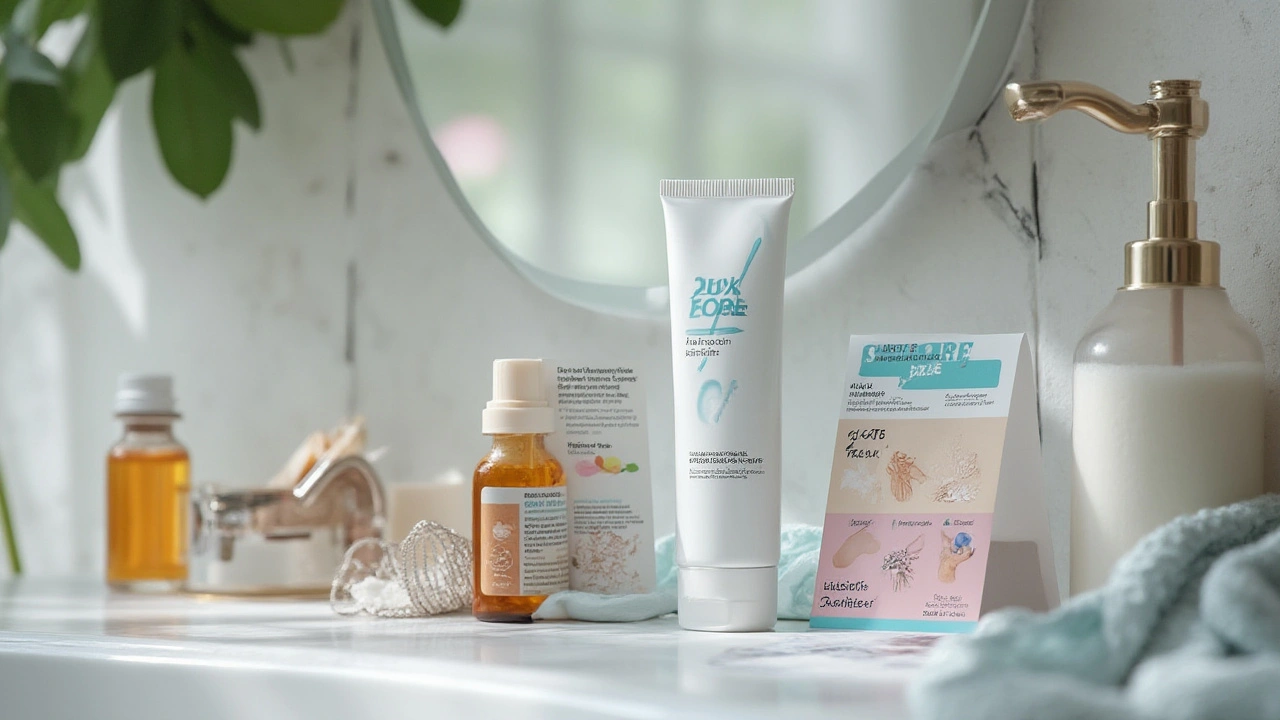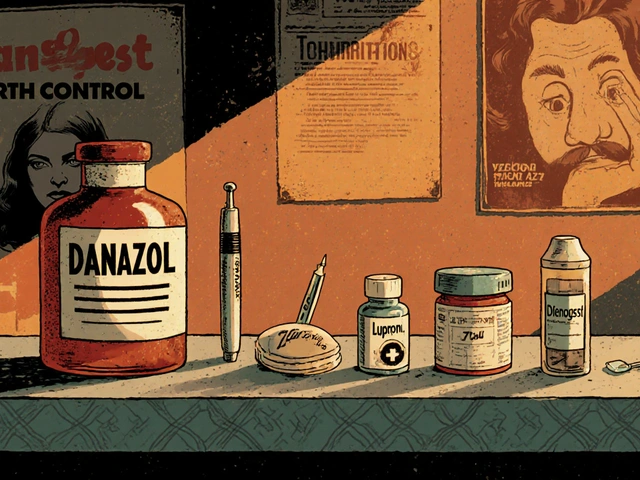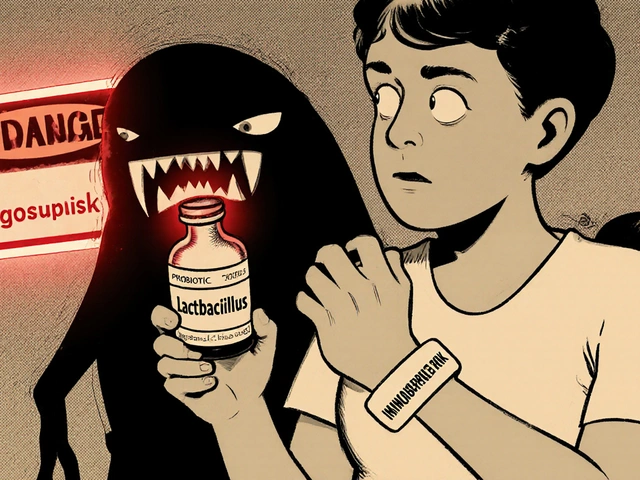Skin Inflammation Explained: Quick Relief and When to Get Help
Ever notice a red, itchy patch on your arm or face and wonder why it flared up? That’s skin inflammation, a common reaction that can be triggered by everything from a new soap to stress. The good news is you can often calm it down at home, but a few signals tell you it’s time to call a professional.
What Sparks Skin Inflammation?
Inflammation is the skin’s alarm system. It lights up when something irritates or injures the surface. Common culprits include:
- Harsh chemicals in detergents, cosmetics, or fragrances.
- Allergic reactions to foods, plants, or pet dander.
- Dry skin that cracks and becomes vulnerable.
- Heat, sweat, and friction from tight clothing.
- Underlying conditions like eczema, psoriasis, or dermatitis.
Spotting the trigger helps you stop the cycle fast. Keep a short diary of what you use and eat when a flare appears – the pattern often emerges quickly.
Everyday Ways to Calm the Redness
First, rinse the area with cool (not icy) water for a minute. This shrinks blood vessels and eases the burn. Follow up with a gentle, fragrance‑free moisturizer while the skin is still damp – think plain oat‑based creams or petrolatum.
If itching is relentless, an over‑the‑counter hydrocortisone cream (1%) can reduce swelling. Use it for no more than a week unless a doctor says otherwise. For more stubborn itching, an oral antihistamine like cetirizine works well, especially at night.Avoid scratching. Scratching disrupts the skin barrier and invites infection. If the urge is strong, press a cool pack on the spot or soak the area in a lukewarm oatmeal bath.
Wear soft, breathable fabrics – cotton is best. Swap out tight sleeves or wool socks that trap heat. When you’re outdoors, apply a broad‑spectrum sunscreen (SPF 30+) even on cloudy days; UV light can worsen inflammation.
Stay hydrated. Drinking enough water helps the skin retain moisture from the inside out, making it less prone to flare‑ups.
Finally, ditch any new skincare products until your skin settles. Introduce one product at a time, waiting a few days to see if it causes a reaction.
If you notice any of these red flags, schedule a visit:
- Blisters, pus, or a spreading rash.
- Severe pain or swelling that doesn’t improve in 48 hours.
- Fever, joint pain, or other systemic symptoms.
- Persistent inflammation lasting more than two weeks despite home care.
A clinician can prescribe stronger steroids, identify hidden allergies, or rule out infections that need antibiotics.
Bottom line: skin inflammation is usually manageable with simple steps, but knowing when to get professional help keeps you from complications. Keep the skin clean, moisturized, and protected, and you’ll notice fewer flare‑ups and a calmer complexion.
Aristocort: Uses, Effects, and Helpful Tips for Safe Corticosteroid Treatment
Unlock the facts about Aristocort cream: what it treats, how it works, tips for safe use, real risks, and key stats you should know before starting any corticosteroid.





